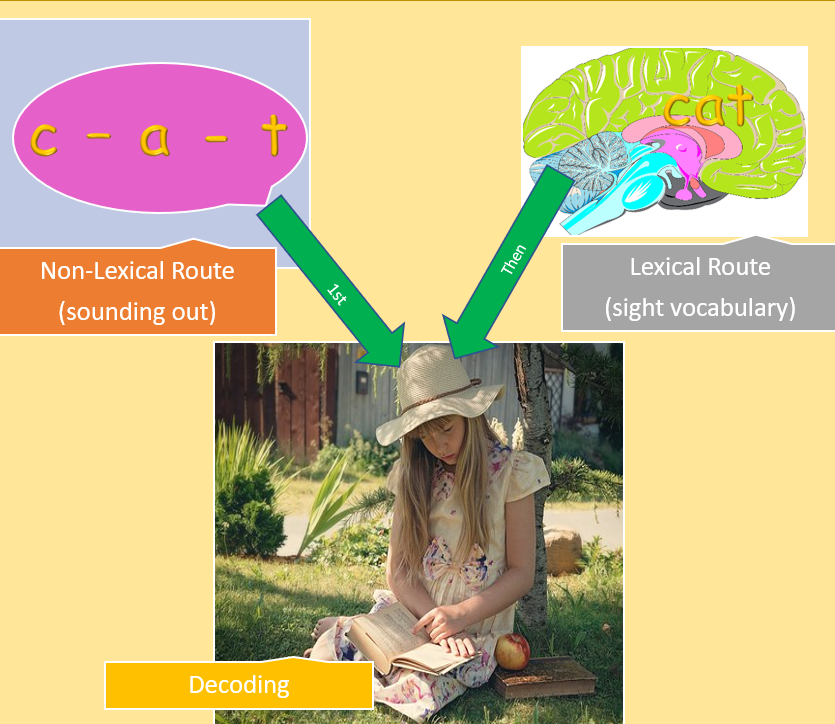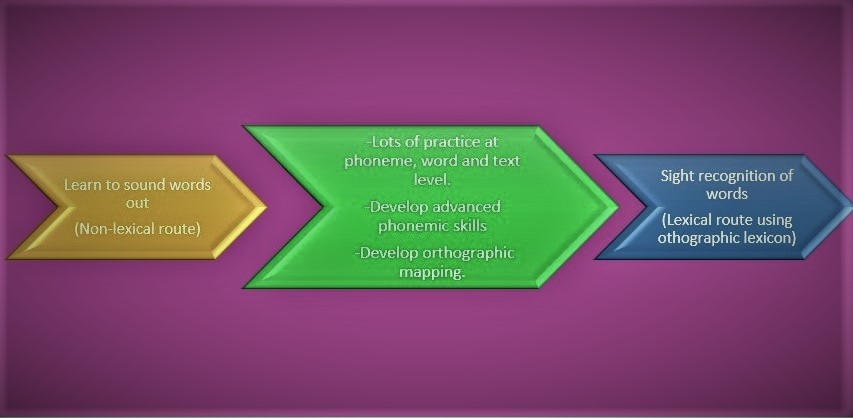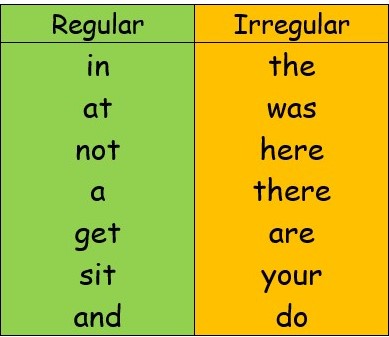Unsightly Sight Words

There is much commentary about teaching sight words, with good reason. This ineffective practice still runs rampant in most Primary Schools.
Some of the most common questions I see asked in early years Facebook group are about this very topic.
How do you teach them?
What activities do you do with them?
How do we help students who are having trouble learning them?
The answer to all of these questions largely lies in the definition of sight words and our understanding of how we learn to read.
Before we go on it is necessary to clear up some definitions.
Sight words – words recognised instantly. Eventually, the vast majority of words we encounter will become committed to long term memory and then be recognised by sight. They come to form part of our orthographic lexicon and we use our knowledge of the patterns of words and draw on them to automatically decode words as we read.

This sight reading develops AFTER children have learned to decode words by sounding them out, not instead of learning to sound out.

High frequency words are words that we see all the time. They may be regular or irregular. Regular high frequency words have simple spellings. Irregular high frequency words have a part of the word that is not simple and needs explicit teaching. Irregular words might be low or high frequency. Regardless, they need to be taught explicitly and practised in context.

In a previous post I wrote about how to teach irregular high frequency words to children. You can find that post here.
When we view high frequency words through the lens of orthographic mapping, we see that the majority of words that beginning readers encounter can be simply sounded out, particularly if you provide decodable instead of predicable texts. The very small number of irregular words that children will need as they begin to learn to read decodables can be taught explicitly and then practised in a variety of ways. Be guided by the irregular words that are necessary for children to access your decodable texts and not get caught up with a wall of tricky or golden words flashed at children. The common practice of asking children to read a pile of 'sight word' cards will not make most children more fluent readers, but rather will encourage them to guess at words based on the first letter. Aside from providing quality texts, it is important to intentionally teach advanced phonemic skills. Dr David Kilpatrick has done some marvellous research which you can learn more about it below (although grab a cup of tea and a snack - it's a long one!)
You can watch the video below
For some children, the development of phonological and phonemic skills will happen quite naturally, however for many, explicit teaching is necessary.
Let's Recap
In order to help children develop a strong sight vocabulary:
- Ditch the sight word programs (seriously, throw them in the bin)
- Teach phonics explicitly and teach children to blend
- Provide the opportunity to practice blending words with known sounds
- Teach children about the regular and irregular parts of irregular word
If you would like to know more about teaching reading in the early years of school, you can download a free guide below!


 Jocelyn Seamer Education
Jocelyn Seamer Education
11 comments
Leave a comment